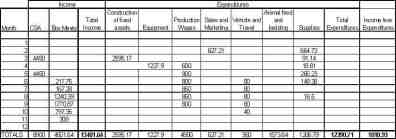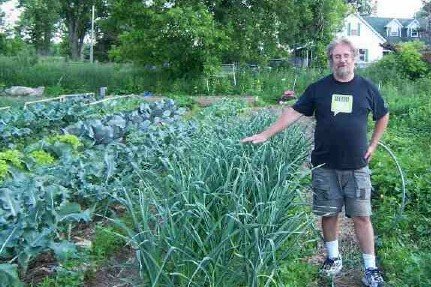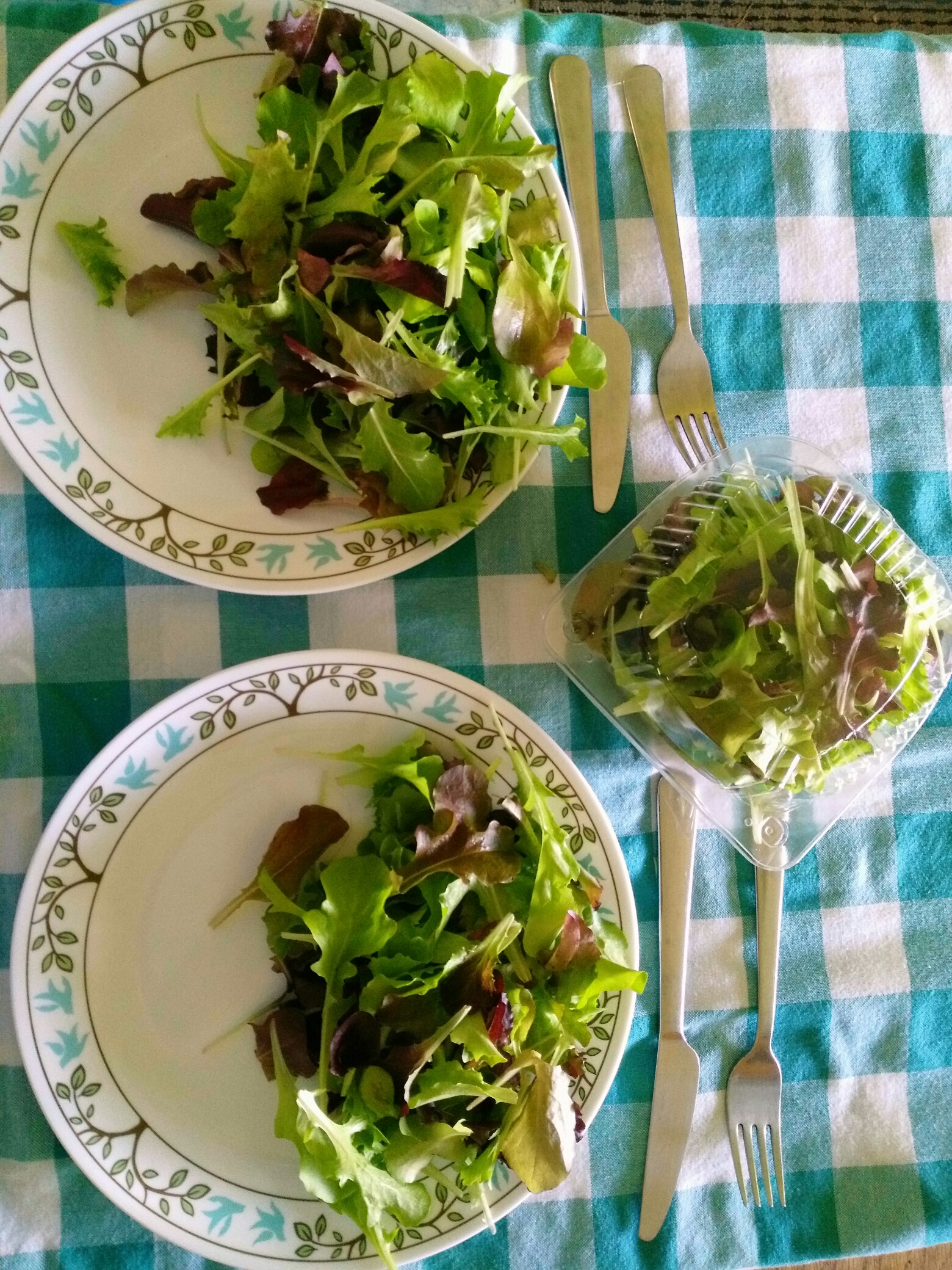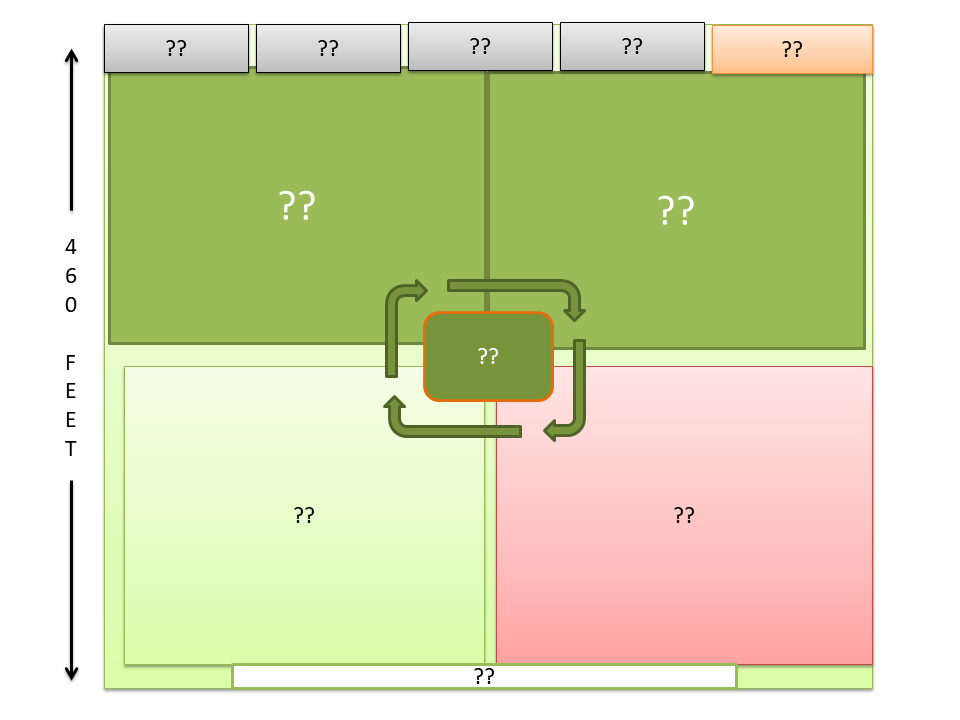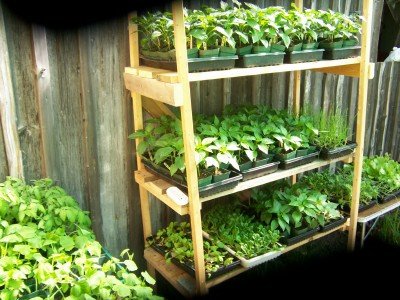Build your Farm Business Plan before you plant!
Creating a farm business plan is the first (and most important) step you should take when starting your own Bootstrap Market Garden. This is time well invested in the success of your business.
One of the great advantages of our Bootstrap Market Garden model is the ability to establish a demand and then develop a plan to meet that demand. Since you are seeking out customers well in advance of your growing season, you can tailor your production to meet their expectations. Very cool stuff!
Your Bootstrap farm business plan does not need to be complicated, nor do you need to do a lot of the things you see in conventional business plans. However, there are a few things you need to figure out before you launch your business.
If you follow our approach, your customers will pay you in advance for the season. So before planning what to grow, you have to plan how many customers you want to grow for - i.e. how many full share veggie baskets you expect to provide to customers.
The whole farm business plan process starts with setting this target for production. And here’s a key point: you need to start this process well in advance of the growing season; in fact you could even start out the year before you plan to launch, to allow time to build your business. You will see why that is necessary shortly.
This approach is very powerful; you are actually determining how much money you will make for the season, in advance! If you can then accurately estimate your costs, you are guaranteed a profit!
By the way, the number of baskets (or shares, or boxes, or whatever term you like) may not be the same as the number of customers. Some New Terra Farm customers take a ‘full basket’, other a ‘half basket’.
We advertise a full basket as being suitable for a family of four, and a half basket for a family of two. Your farm business plan should be based on the number of full baskets (or equivalent) you plan to produce; i.e. count two half-baskets as one full basket for planning purposes.
How many customers do you want/need?
How do you decide how many customers you can handle? This is very much an individual decision, and will be determined by your individual circumstances and goals. Some factors to consider:
- Your experience as a grower
- Your access to arable land
- Available tools and equipment
- How much money you want (or need) to make
If this is your first year as a market grower, we advise caution. Managing a complex ‘polyculture’ of 30-40 different vegetables, to have a sufficient quantity ready for harvest each week over perhaps a 20-week season is a real management exercise (see next lesson.)
If you don’t have a lot of experience, you might consider growing for just a few friends and neighbours, to ‘learn the ropes’. Our first year we delivered to 16 families; year 2 we tripled that! So don't worry about appearing to 'start slow'; you can grow quickly.
Setting your price per share
Once you have established the number of shares you think you can grow, you also have to figure out a cost per share to determine your income. You can surf other CSA’s on the Internet to see what they charge, or call some in your area to get an idea what they charge and what they provide.
New Terra Farm's price per share is in the upper third of the range of farms we checked with. But don't worry too much about what others are doing. If you grow quality vegetables you will find customers willing to pay your price.
The number of shares you can grow and your planned price per share determine your income. Next you have to estimate your expenses. Depending on what you start with, expenses might include:
- purchase of seed and garden supplies (seed starting mix, trays, pots, soil amendments)
- purchase or rental of equipment e.g. rototiller, tractor, irrigation equipment
- construction of fixed assets e.g. greenhouse, garden shed
- rental on farm land
- labour costs
Here's New Terra Farm's cash flow statement from Year 1, showing the income and expenses for that year. Click on the graphic below to see a larger image.
Since some of your costs will be dependent on the number of customers you will have (and therefore the quantity of vegetables you have to grow) you should work back and forth between your cash flow plan and your garden plan to establish your farm business plan. More customers mean more income, but this also means a bigger garden, more labour and more costs.
Play around with both sides of the equation until you are comfortable with the results. Don’t worry about getting it perfect; there will be time to adjust before you actually start growing. And in reality, the actual number of customers that sign up for your service will determine the final figures.
Remember that 'failing to plan' is 'planning to fail'. Start with a good farm business plan for your bootstrap market garden!
Free Excel spreadsheet for planning your business start-up.
This tool was developed by Andrew Muschamp Mckay, a software developer with a background in finance. It's a pretty robust package but also pretty easy to follow because Andrew has included detailed instructions.
Free 2-Page Business Plan Template
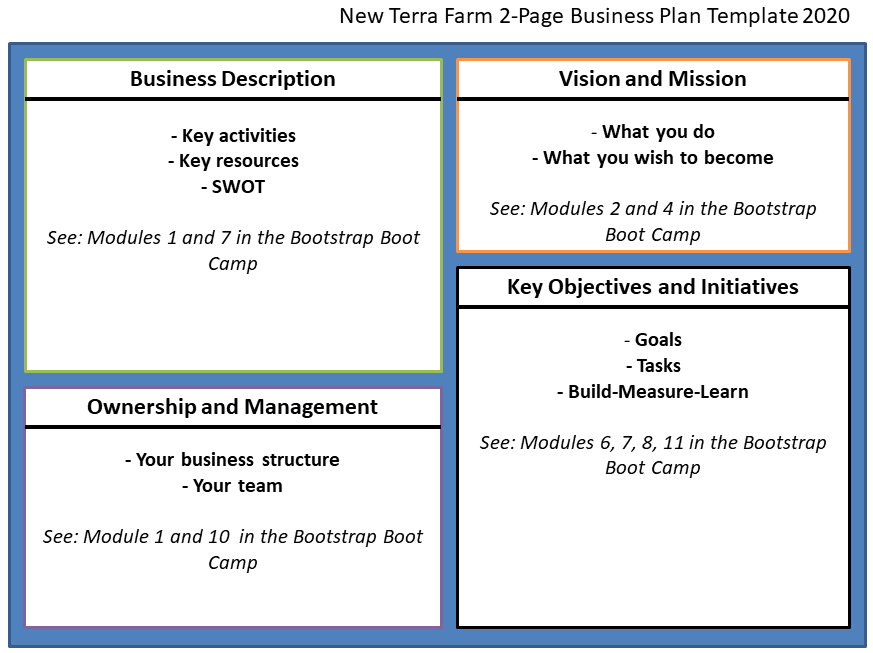
"A dream without a plan is just a wish"
If you aren't planning for success, what ARE you planning for? Download my free 2-page business plan template and get methodical about your business success.
- Home Page ›
- 5 Acre Farm ›
- Farm Business Plan
- Home Page ›
- Bootstrap Market Gardening ›
- Farm Business Plan
